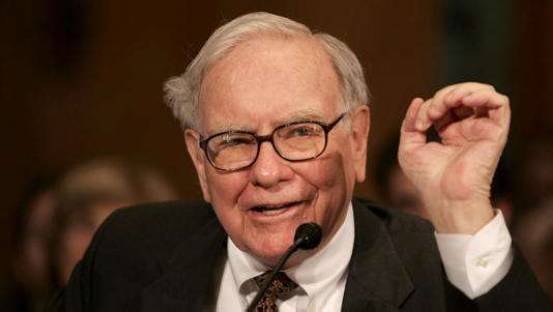Warren Buffett’s journey with Berkshire Hathaway is nothing short of legendary in the world of finance. When he took the reins of the struggling textile company in 1965, few could have predicted the remarkable transformation that lay ahead. Through astute acquisitions and strategic investments, Buffett steered Berkshire Hathaway away from its textile roots and into a conglomerate that would become synonymous with success.
One of the cornerstones of Buffett’s strategy was his focus on the insurance industry. Recognizing the potential of insurance companies to generate substantial cash flows, Buffett acquired National Indemnity and later GEICO, laying the groundwork for Berkshire Hathaway’s ascent. What set Buffett apart was his ability to harness the “float” – the premiums collected from policyholders before claims were paid out – and deploy it as capital for further investments. This unique approach allowed Berkshire Hathaway to grow its portfolio exponentially without relying heavily on external financing.
Over the years, Berkshire Hathaway evolved into a diverse conglomerate with interests in various sectors. From insurance and utilities to railroads and consumer goods, Buffett’s investment philosophy emphasized acquiring businesses with enduring competitive advantages and strong management teams. Some of Berkshire Hathaway’s wholly-owned subsidiaries, like Duracell, Fruit of the Loom, and See’s Candy, have become household names, contributing to the company’s robust financial performance.
Buffett’s steadfast commitment to long-term value creation is evident in his aversion to stock splits. Despite Berkshire Hathaway’s Class A shares commanding astronomical prices, Buffett resisted the temptation to split the stock, believing that it would attract committed investors with a focus on long-term wealth accumulation. To accommodate retail investors, Berkshire introduced Class B shares, offering a more accessible entry point into the company’s success story.
For investors fortunate enough to have bought Berkshire Hathaway shares a decade ago, the returns have been remarkable. Class B shares, trading at around $125 apiece in April 2014, have surged to over $400 each by April 2024. This translates to a total return of approximately 225%, significantly outperforming the broader market. Buffett’s steadfast adherence to his investment principles, coupled with Berkshire Hathaway’s stellar performance, has rewarded investors handsomely over the years.
While Buffett’s track record is the stuff of legend, his investment philosophy extends beyond Berkshire Hathaway’s success. His timeless principles – including the importance of investing in businesses with enduring competitive advantages, the value of long-term thinking, and the significance of integrity and honesty in business – continue to resonate with investors worldwide.
In conclusion, Warren Buffett’s journey with Berkshire Hathaway serves as a testament to the power of sound investment principles and disciplined execution. As Buffett himself famously said, “Our favorite holding period is forever,” underscoring his belief in the enduring value of quality businesses. With Berkshire Hathaway’s legacy firmly established, Buffett’s wisdom continues to inspire investors seeking to navigate the complexities of the financial markets with prudence and foresight.

